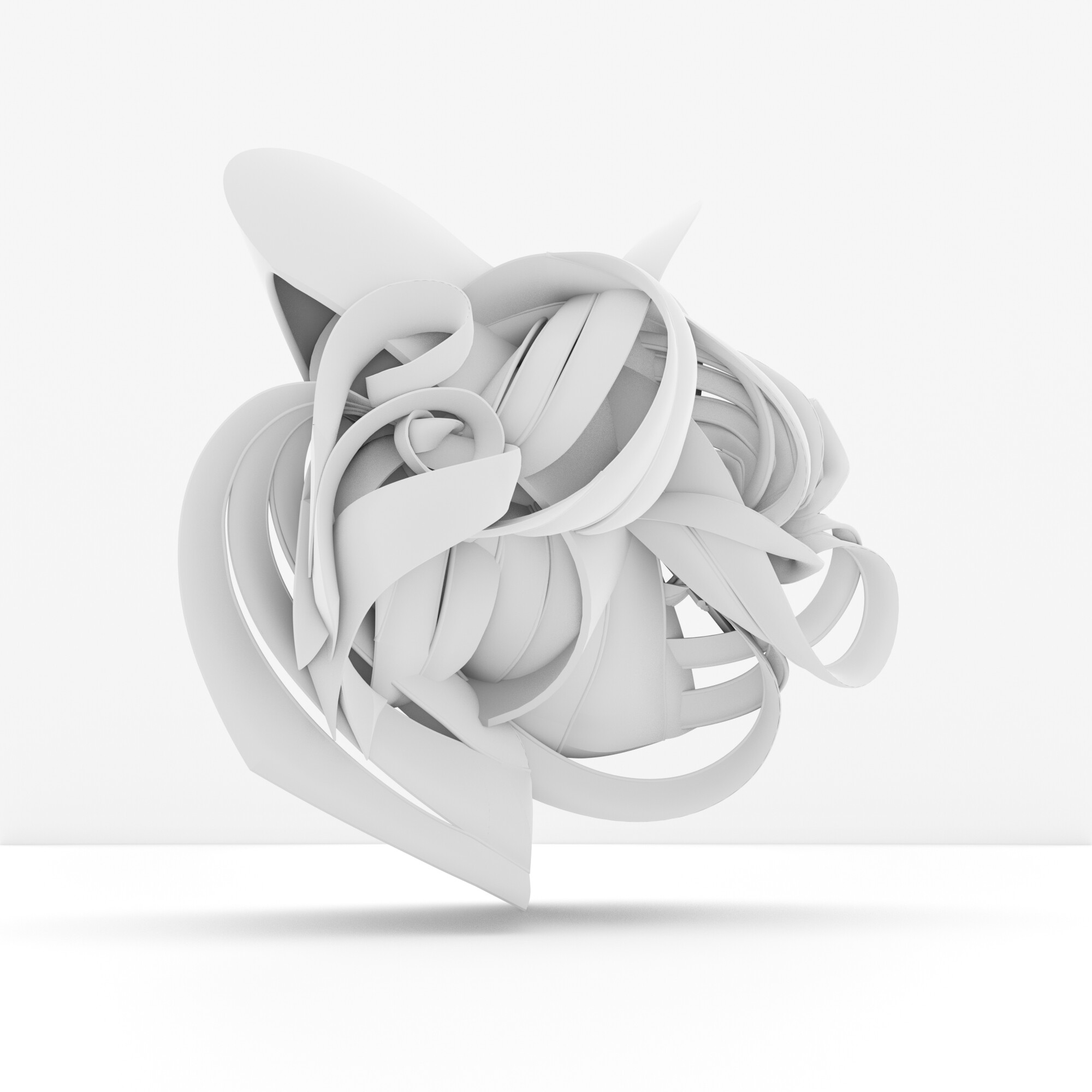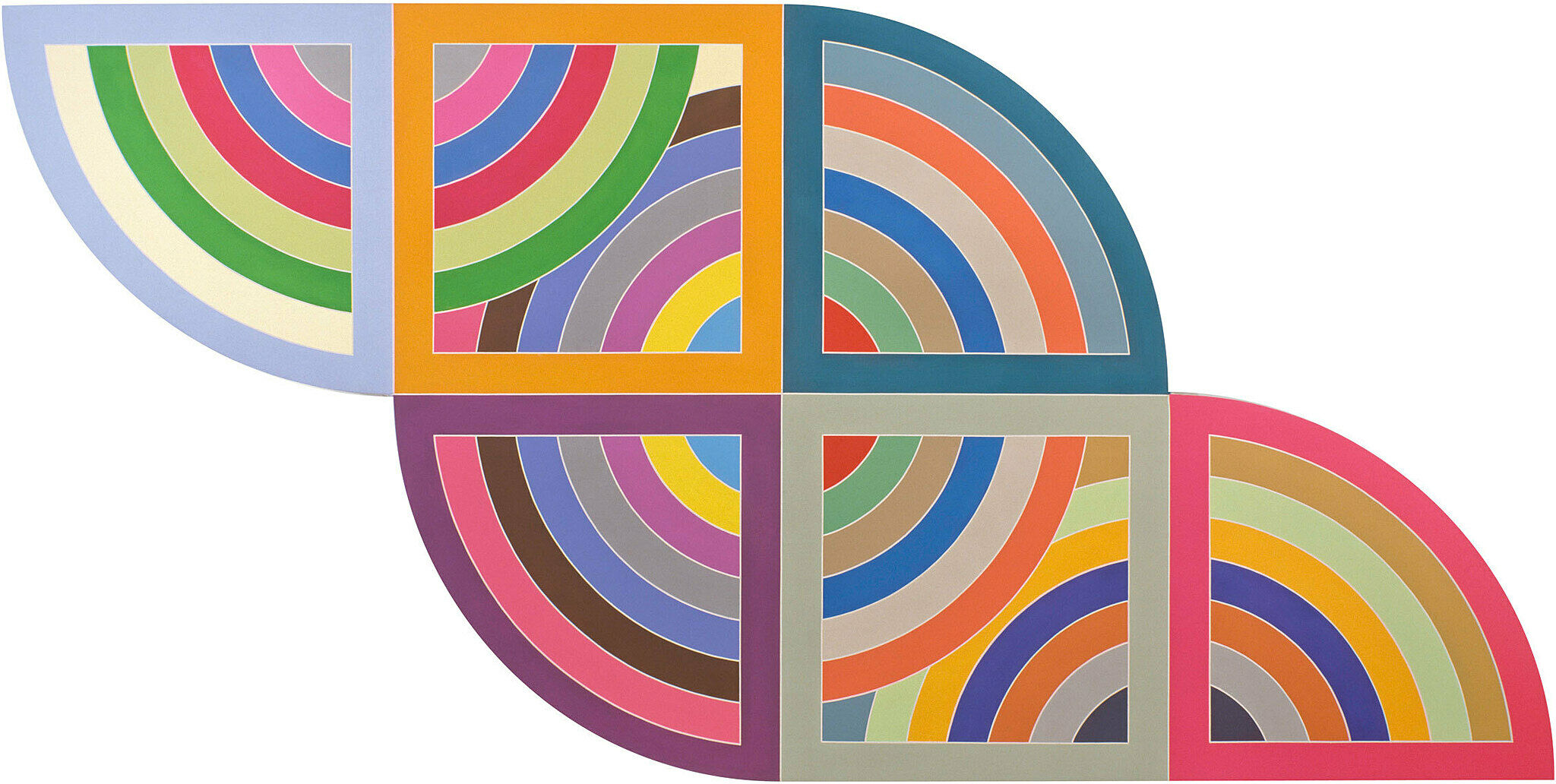Frank Stella, Effingham II, 1966
Oct 30, 2015
0:00
Frank Stella, Effingham II, 1966
0:00
Adam Weinberg: If you look at the Irregular Polygon, Effingham, what I love about that is you have a parallelogram form that turns the corner. I mean, it's the most idiosyncratic shape of the painting.
Narrator: In his earlier paintings, Stella relied on symmetry and formal simplicity. But by the later 1960s, he began experimenting more broadly. Adam Weinberg.
Adam Weinberg: When you think about it, paintings had always been squares and rectangles or sometimes―as in churches―they were made to fit into the architecture. This is something that's not determined by any architecture. It is determined completely by the artist as a form. And what he does to this, he created a kind of L‑like shape or something that somehow, it almost feels like the painting is about to separate or about to cascade down the wall. But yet in effect, he has created something that is an entity that holds together visually. The parallelogram that is completely bounded by the red line actually holds together and hangs on to the rest of the painting. It doesn't fall. He's seeing how far can he push shape? How far can he push color and still make it a unified satisfying entity?


